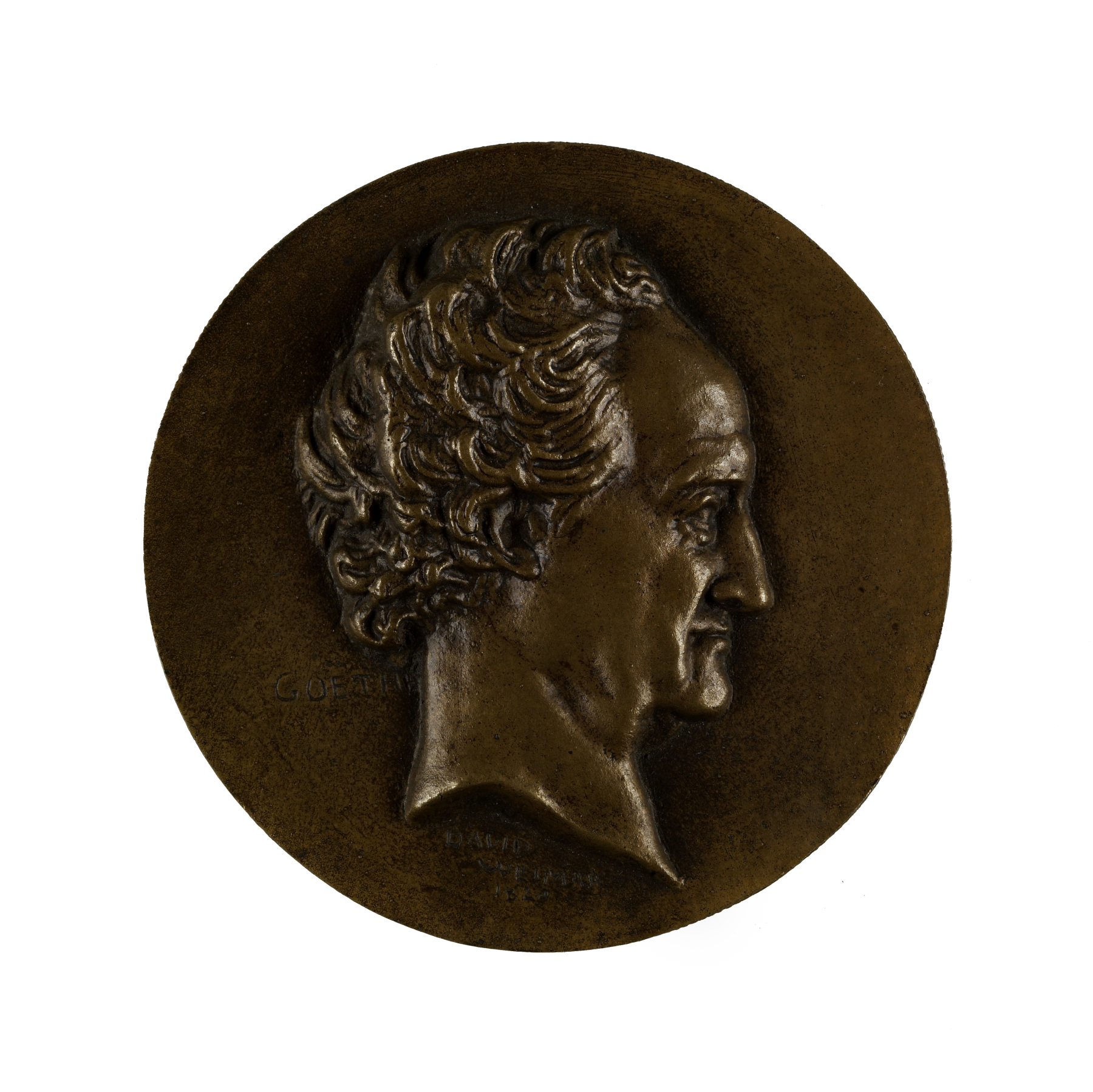Johann Wolfgang von Goethe (1749-1832)
(18th and 19th Centuries )
Johann Wolfgang von Goethe (1749-1832), German poet, dramatist, and scientist, studied art and music while working as a newspaper critic. In 1776, he was appointed privy council to the duke of Saxe-Weimar and was ennobled in 1782. While pursuing his studies in science, he discovered the intermaxillary bone in man in 1784 and formulated a vertebral theory of the skull. Between 1786 and 1790 he became preoccupied with poetical form. Goethe's masterpiece, his version of Marlowe's "Faust," which he began in 1775, was completed in 1832. A towering influence on German literature, he died in 1832 in Weimar.
Inscription
Provenance
Provenance (from the French provenir, 'to come from/forth') is the chronology of the ownership, custody, or location of a historical object. Learn more about provenance at the Walters.
Mrs. Frederick B. Adams [date and mode of acquisition unknown]; Walters Art Museum, 1954, by gift.
Geographies
Germany, Weimar (Place of Origin)
Measurements
H: 2 7/8 x W: 2 15/16 in. (7.3 x 7.4 cm)
Credit Line
Gift of Mrs. Frederick B. Adams, 1954
Location in Museum
Not on view
Accession Number
In libraries, galleries, museums, and archives, an accession number is a unique identifier assigned to each object in the collection.
In libraries, galleries, museums, and archives, an accession number is a unique identifier assigned to each object in the collection.
54.2390


